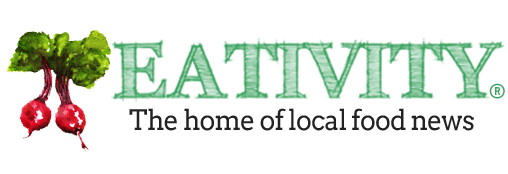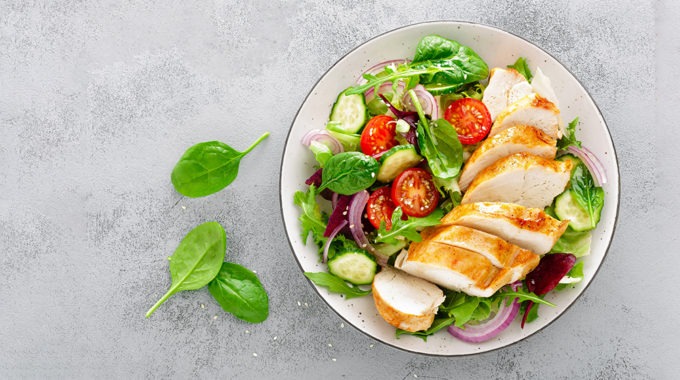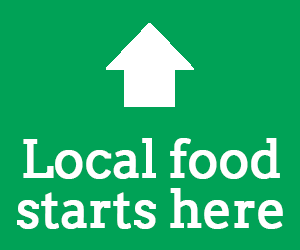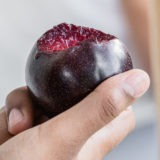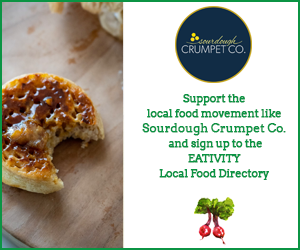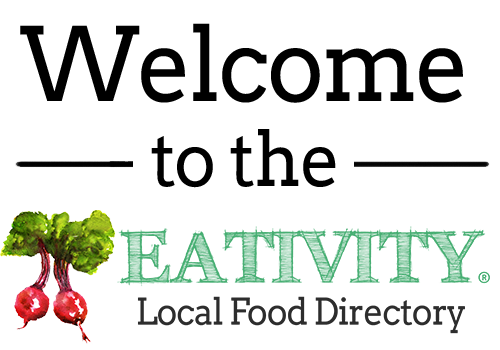Kickstart your summer health goals
Summer is coming! For many of us, months of lockdown have thrown those healthy eating plans into disarray. But how do you kickstart your summer health goals when you’ve spent weeks eating takeaway and working on that bottom-shaped dent in the lounge? There’s no need to panic. Getting your diet back on track is a lot easier (and less painful) than you might think. Try these simple nutrition tips from accredited dietitian Nicole Dynan.
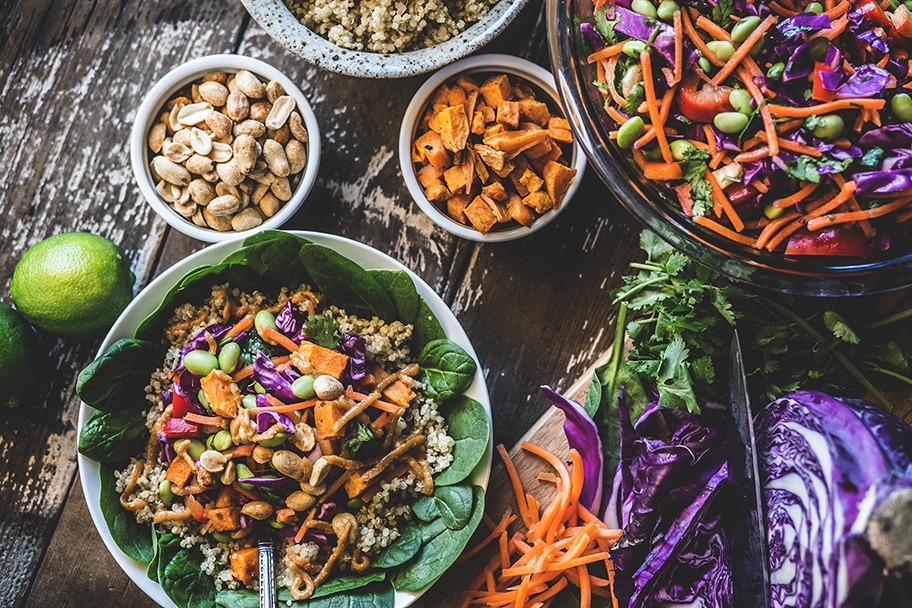
What exactly is “healthy eating”?
It’s easy to get confused when it comes to nutrition and health. There are so many mixed messages and fad diets out there. But there’s more than one way to create a healthy diet. Striking a balance to get the energy and nutrients you need will vary for each of us, depending on our lifestyle, food preferences, activity levels and body size. To build a healthy eating plan, focus on establishing good habits and a solid fresh food foundation. This should include fruits, vegetables, whole grains and cereals, lean animal proteins or plant proteins like legumes, nuts and seeds and dairy or milk alternatives. Including these foods will ensure your body gets the essential nutrients it needs for sustained energy and good health.
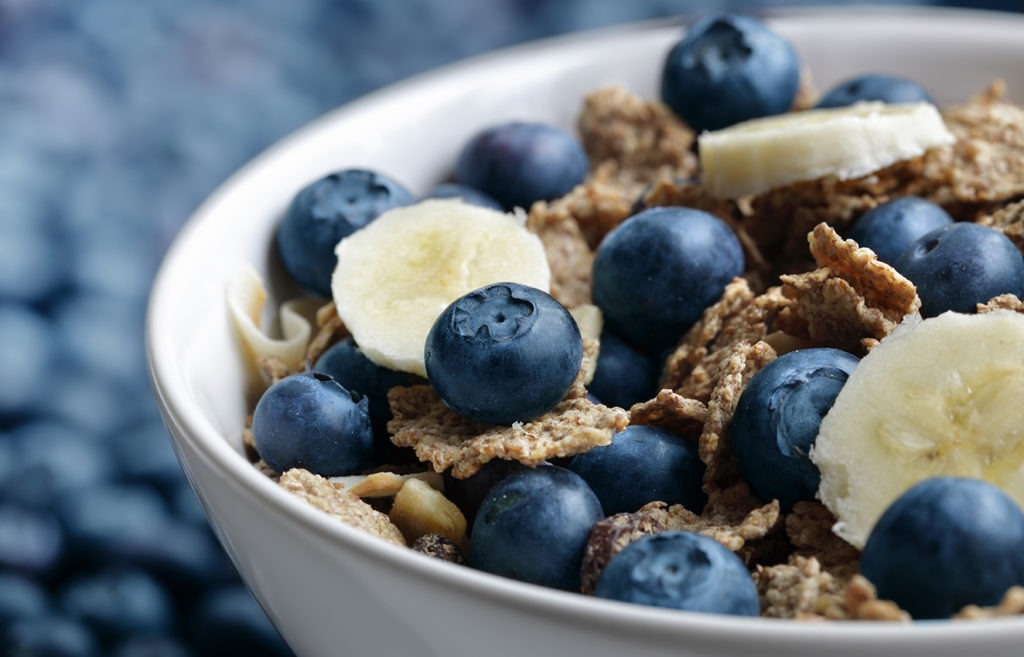
Where to start?
It all begins with breakfast. Starting the day with a healthy high protein, high-fibre breakfast can help control your appetite and quash any cravings that might crop up later in the morning. Adding low-fat milk or plain Greek yoghurt to a high fibre cereal such as All-Bran in addition to some fruit can be a quick, easy breakfast that will help improve your digestive health. Whichever cereal you choose, it’s important to opt for one that’s high in whole grains and fibre. This will ensure you’re starting the day in a healthy way.
For more nutritionist-approved breakfast ideas, check out these five options.
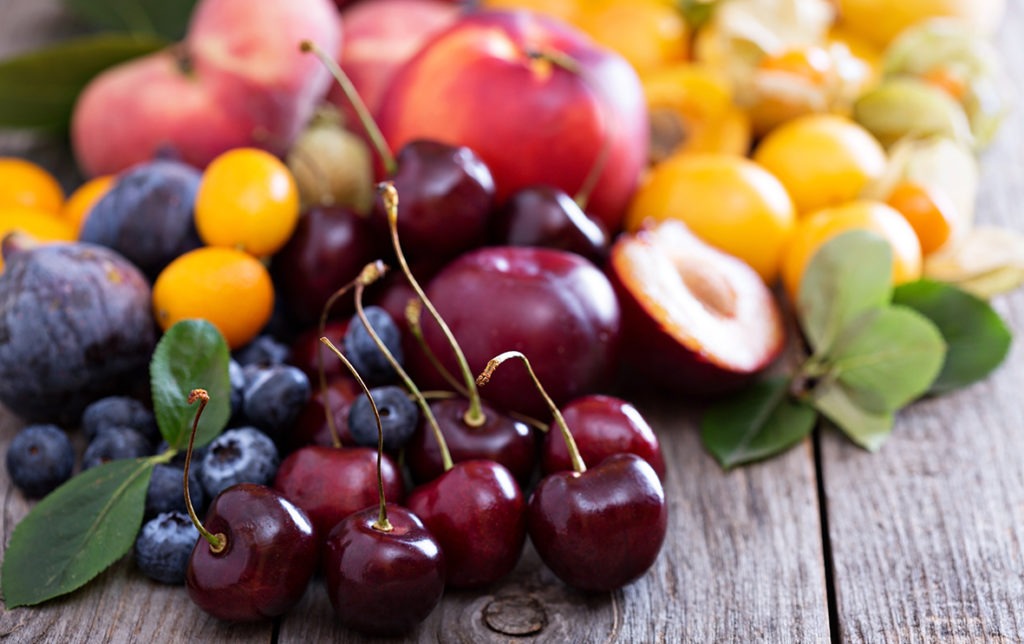
Has COVID changed the way we eat?
The pandemic has impacted peoples’ daily routines, including their eating habits. Planning meals and snacks ahead of time can help limit mindless snacking. It also makes choosing healthy options easier. Another tool to use is mindful eating. This directs focus internally to your body’s hunger cues, rather than emotional responses or the clock on the wall.
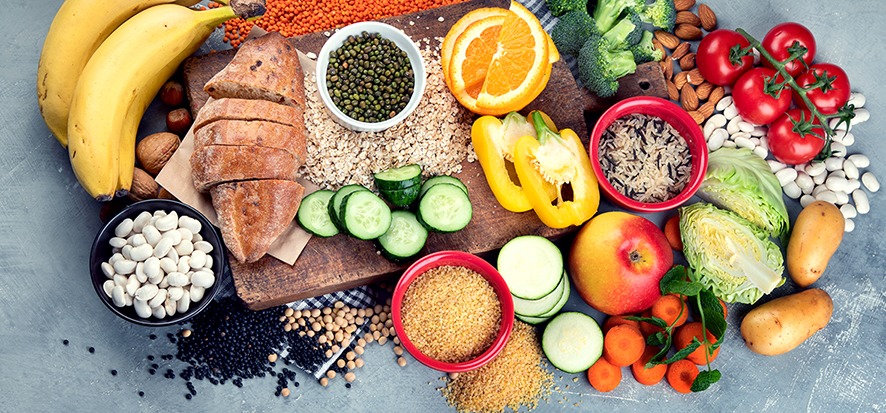
Top tips to kickstart your summer health goals
1. Focus on fibre
Fibre is one of the most important nutrients. It’s also one of the most overlooked. Most Aussies don’t eat enough fibre, but it’s really easy to incorporate into your daily diet. Go for plant foods such as fruits, vegies, whole grains, high fibre cereals and legumes. Fibre-dense breakfast cereals are an excellent way to start your morning as they help the good gut bacteria to thrive, which promotes a better digestive balance and better overall health.
2. Stay hydrated
Get yourself a sturdy reusable water bottle and keep it with you. Aim to drink water when you wake up and then again each time you eat. If plain water doesn’t appeal, try adding cooling foods like mint, cucumber or frozen berries to keep your taste buds happy.
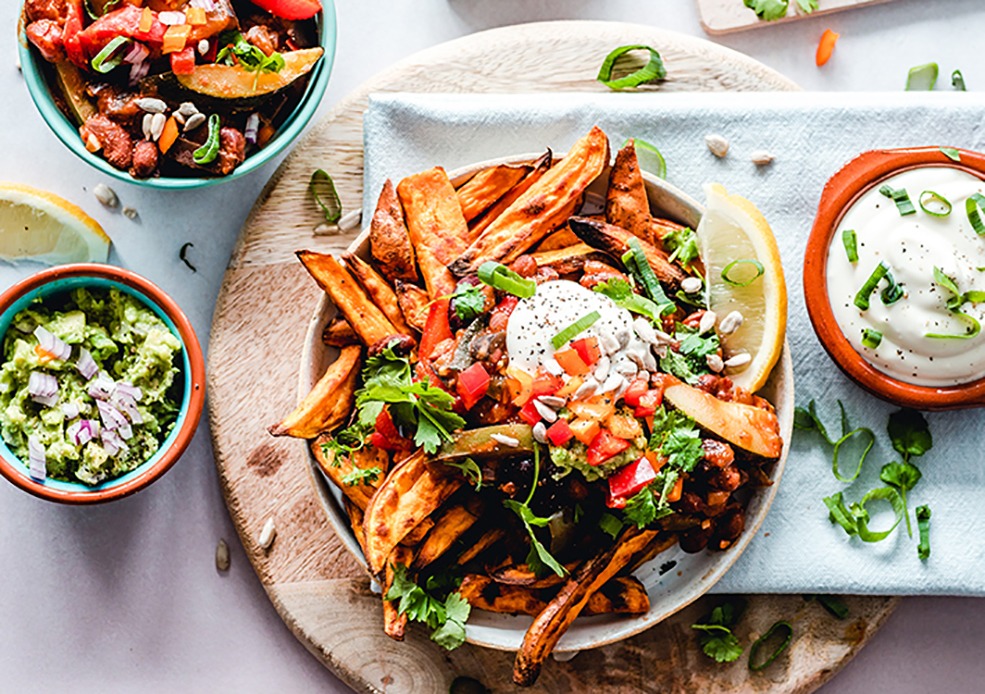
3. Expand your plant food repertoire
Fresh produce is always at its peak during summer, and it’s a great time to indulge in summer fruits and salad vegetables. Aim to eat the rainbow to fertilise your gut garden.
4. Go meat-free 1-2 days per week
You don’t have to be vegetarian or vegan. Increasing the number of meat-free meals you eat each week will still benefit your health. Try a meat-free version of your favourite meal, like lentil bolognese, chickpea curry or a vegie burger. Eating more plant-based proteins can reduce your risk of a range of health problems. They’re also great sources of fibre.
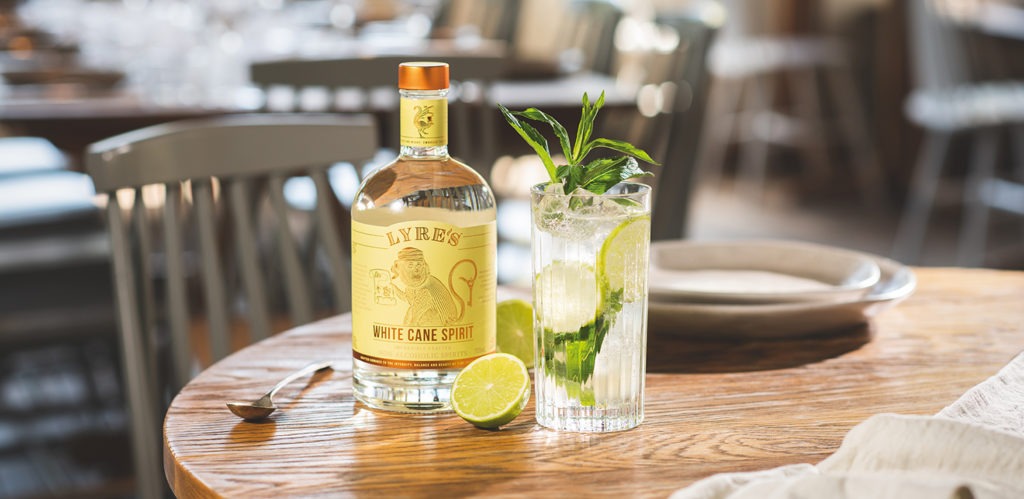
5. Try alcohol-free alternatives
Summer means more socialising with friends, usually with a drink or two. But alcohol can leave you dehydrated, and can also lower your inhibitions, making you more likely to give in to cravings. Try swapping your regular alcoholic drink for refreshing alternatives like sparkling water with citrus, kombucha or alcohol-free beer, wine or spirits.
6. Check your plate size
Our plates have become bigger, and we tend to fill them to the size we have. Eating off a smaller plate (25cm diameter), means you’ll eat less… and probably not even notice.
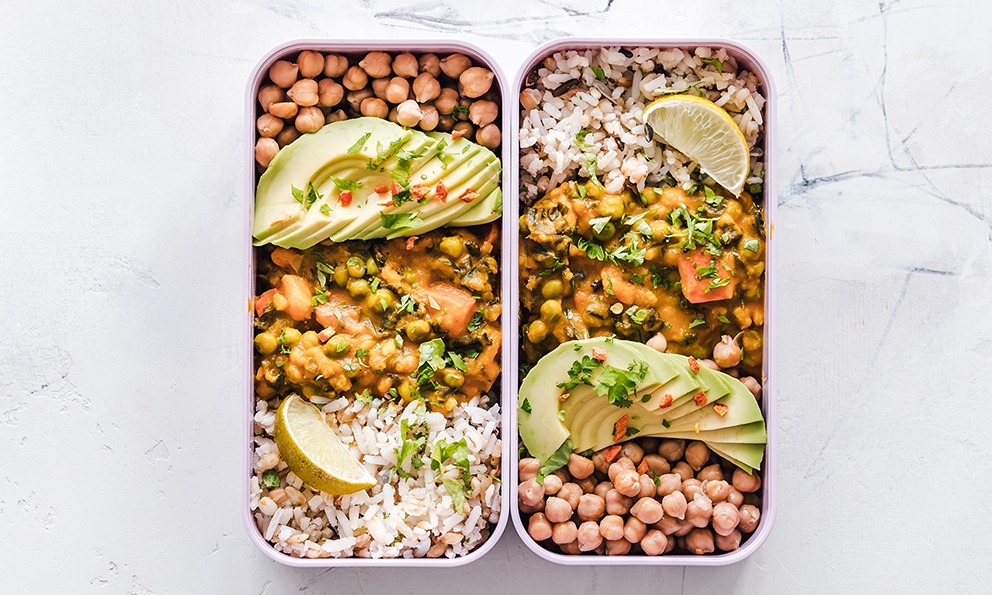
7. Prep, prep, prep
Spend an hour or two doing meal prep to be ready for the week ahead. This will save you time, and make sticking to healthy eating goals easier. Pre-cook spag bol sauce and freeze it for weekday meals, or slow-cook Mexican pulled chicken to use in salads and sandwiches. Chop up some vegie sticks to munch on during the day. Pre-cut your lean meats like chicken or beef and freeze them. Hard-boil some eggs for a quick breakfast option or a sandwich. Bake some healthy treats for your morning tea (try these recipes from Pom Pom Paddock). And check out these meal prep ideas for a better work/life balance.
Nicole Dynan is an accredited dietitian and the founder of The Good Nutrition Co.
